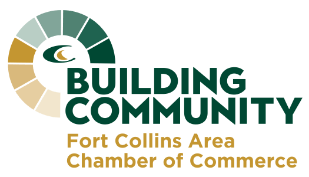Voters have their work cut out for them this fall with dozens of candidates and issues on the ballot. One that is important not to overlook is Ballot Issue 2A, which was placed on the ballot by the Fort Collins City Council.
In 2010, in the shadow of the so-called Great Recession, City leaders asked voters to pass a temporary, 10-year sales and use tax. It was referred to as “Keep Fort Collins Great” or KFCG.
It was a large tax at .85 percent but earned voter approval. Revenues from the tax are allocated to certain categories per a formula built into the ballot language: 33 percent for street maintenance and repair, 17 percent for other street and transportation needs, 17 percent for police services and so on.
The monies appear to be going to their intended uses, so, six years into the temporary tax, voter intent is being honored.
Then, enter TABOR. Anybody who has been in Colorado very long quickly learns about the Taxpayer Bill of Rights. Passed as a state constitutional amendment in 1992, it put certain restrictions on revenue growth of state and local governments and school districts and requires any tax measure to seek voter approval. Its key architect was a man named Doug Bruce.
One way local communities have responded to TABOR’s revenue-limitations provision is by ‘de-brucing’ whereby local voters opt-out of having their local government or school district refund ‘excess’ revenues. Fort Collins voters ‘de-bruced’ in 1997, thus enabling city government to retain and spend all excess revenues collected in future years.
When KFCG ballot language was prepared in 2010, the requisite ‘debrucing’ language was included. However, some community activists say they may sue the City to force it to refund part of the KFCG because first year revenues exceeded the estimates stated in the TABOR language included in the ballot measure.
It’s debatable whether that’s true or not but City Council decided that the prudent approach was to seek explicit voter approval, hence Ballot Issue 2A.
The Fort Collins Area Chamber of Commerce supports Issue 2A. Clearly voter intention in 2010 was to let the City spend however much revenue came in from the .85 percent tax.
While supporting 2A to honor voter intent, the Chamber did oppose the KFCG tax in 2010. At that time, we believed the City did need more revenue, especially for streets and public safety and were ready to support a .50 percent tax. We believed the .85 percent was a revenue overreach.
Additionally, we remain concerned about the City’s approach to revenue and budgeting in that some basic public services like streets, police and fire take a special tax like KFCG while some big non-essential programs get into the City’s basic budget. Before this tax comes up for renewal in 2020 this needs to get sorted out. And, it may be time to consider an increase in the base sales tax to better cover basic services while putting non-essential programs before voters for approval.
Those are important future debates. In the meantime, we need to keep the City’s budget whole and honor voter intent by passing Issue 2A.
